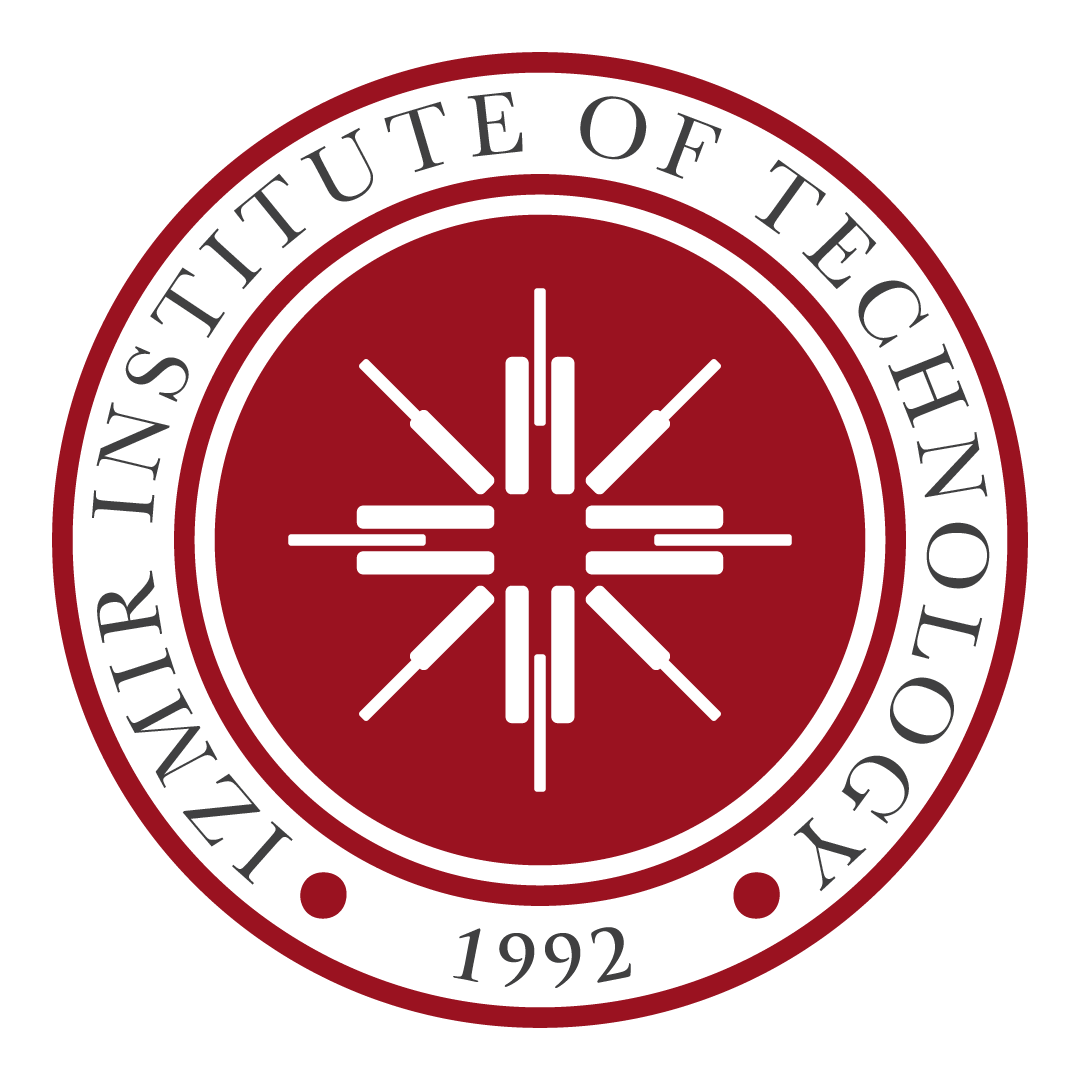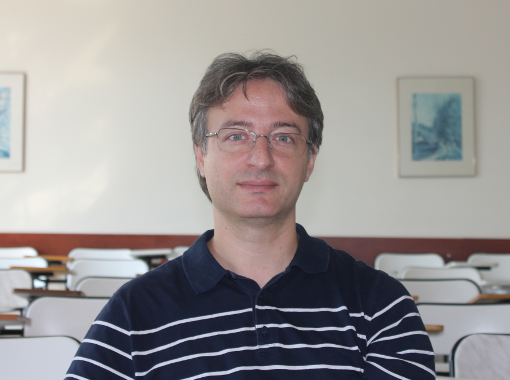CENG 608
3D Photography
This course covers algorithms and applications to extract 3D information (especially shape) from images. It starts with the camera model and calibration, 2D and 3D projective geometries and extracting feature points. Then it covers passive 3D reconstruction techniques such as single view reconstruction, structure from motion, shape from silhouettes. Active sensing techniques (time of flight cameras, structured light, laser scanners etc.) that directly obtain 3D data are also briefly covered.
| Topics |
| Camera models and calibration |
| Feature point extraction and matching |
| Feature point tracking and optical flow |
| 2D projective geometry |
| RANSAC and image alignment using feature points (image warping) |
| 3D projective geometry and epipolar geometry |
| Two-view and multi-view structure-from-motion |
| 3D simultaneous localization and mapping |
| Depth extraction with stereo matching |
| Image segmentation |
| Shape-from-X |
| 3D reconstruction |
| Active sensing techniques |
Instructor(s)
Other MS Courses
- CENG 500
- CENG 501
- CENG 502
- CENG 503
- CENG 504
- CENG 505
- CENG 506
- CENG 507
- CENG 508
- CENG 509
- CENG 511
- CENG 512
- CENG 513
- CENG 514
- CENG 515
- CENG 516
- CENG 517
- CENG 518
- CENG 521
- CENG 522
- CENG 523
- CENG 524
- CENG 525
- CENG 531
- CENG 532
- CENG 533
- CENG 534
- CENG 541
- CENG 542
- CENG 543
- CENG 544
- CENG 551
- CENG 552
- CENG 555
- CENG 556
- CENG 557
- CENG 561
- CENG 562
- CENG 563
- CENG 564
- CENG 565
- CENG 566
- CENG 590
- CENG 611
- CENG 612
- CENG 613
- CENG 631
- CENG 632
- CENG 641
- CENG 642
- CENG 643
- CENG 651
- CENG 661
- CENG 662
- CENG 663


